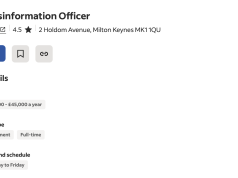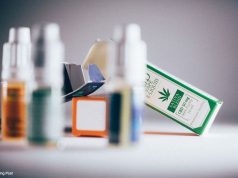“We are acting on very clear science that there’s an epidemic on the way,” said former FDA Commissioner Dr. Scott Gottlieb back in 2018. “We’re in possession of data that shows a disturbingly sharp rise in the number of teens using e-cigarettes in just the last year.”
Thankfully, a recent national survey has indicated that only 20% of high school students and 5% of middle school students have reported recently using e-cigs. This is a significant drop in comparison to the 28% and 11% reported last year, with the percentages suggested to equate to a drop of 1.8 million, from 5.4 million to 3.6 million.
This year a national age limit of 21 was set in place, while many states and localities set in place flavour bans and other restrictions. The CDC’s Brian King said sales seem to have started dropping in August. “It’s possible that some of the heightened awareness could have influenced decline in use,” said King.
On the other hand, the report showed an increase in the use of disposable e-cigarettes, which is believed to result from the ban on flavoured vaping products which exempts disposable products. “As long as any flavored e-cigarettes are left on the market, kids will get their hands on them and we will not solve this crisis,” Matt Myers of the Campaign for Tobacco Free Kids said in a statement. But are flavours really the problem?
Studies keep indicating that the availability of flavours is not issue
A recent study from the University of Michigan, suggested that as was the case with cigarette smoking in the past, the main motivator behind teen vaping is the “cool” factor derived from using e-cigarettes, not the availability of flavours.
Additionally, a new study of high school seniors in the U.S., found that teens who are less satisfied with their lives and seek out risky and exciting experiences are the ones more likely to use multiple substances regularly, including tobacco and vaping products. Additionally, found the study, the participants’ attitude towards vaping also reflected how they viewed other substances.
Other recent studies found that personality factors (high neuroticism) and curiosity, played a main role in enticing teenagers to initiate vaping. This reflects arguments by tobacco harm reduction experts, who have long been pointing out that the existence of flavours is not the main motivator for teens to take up vaping. Those who are likely to vape, would be smoking in the absence of the safer alternatives.
Read Further: NBC








